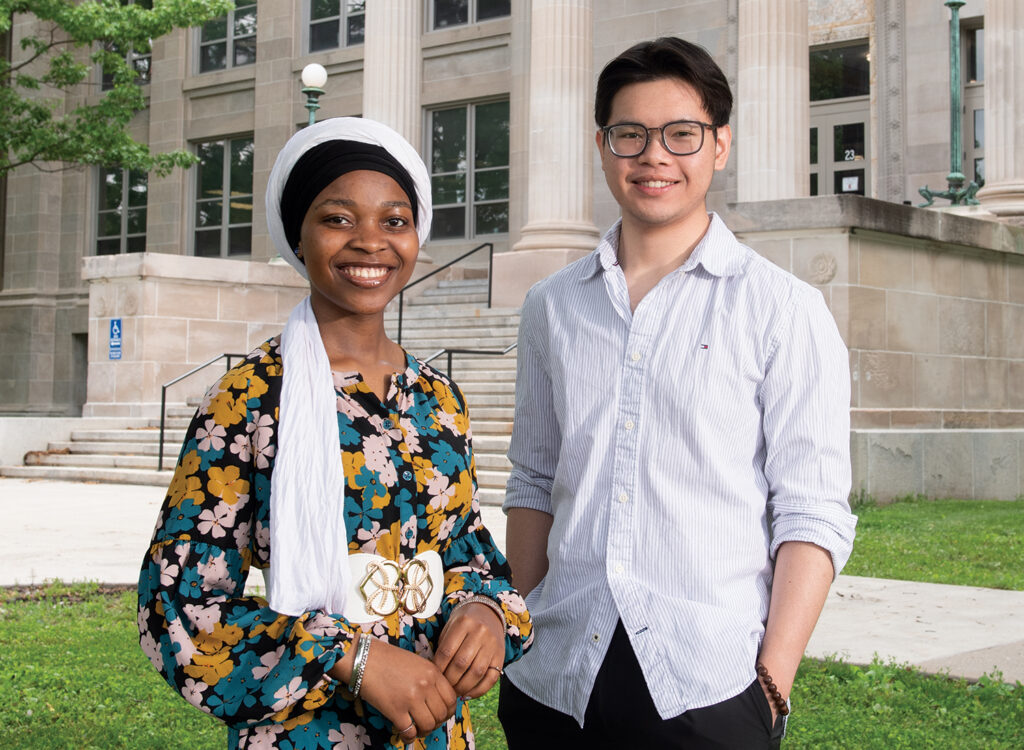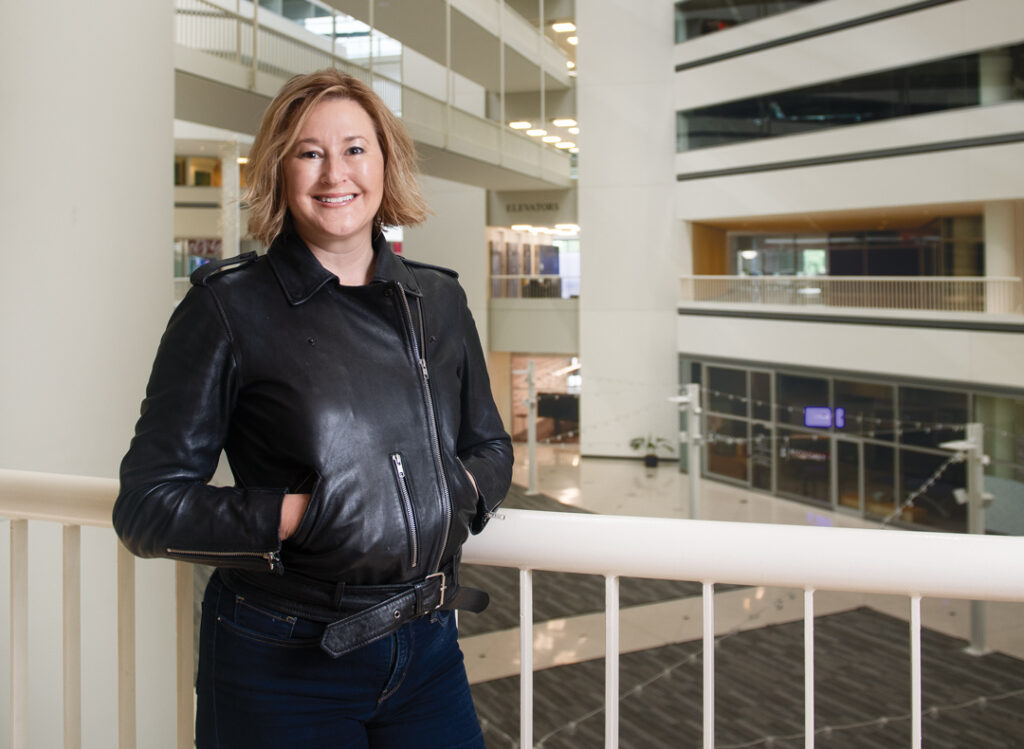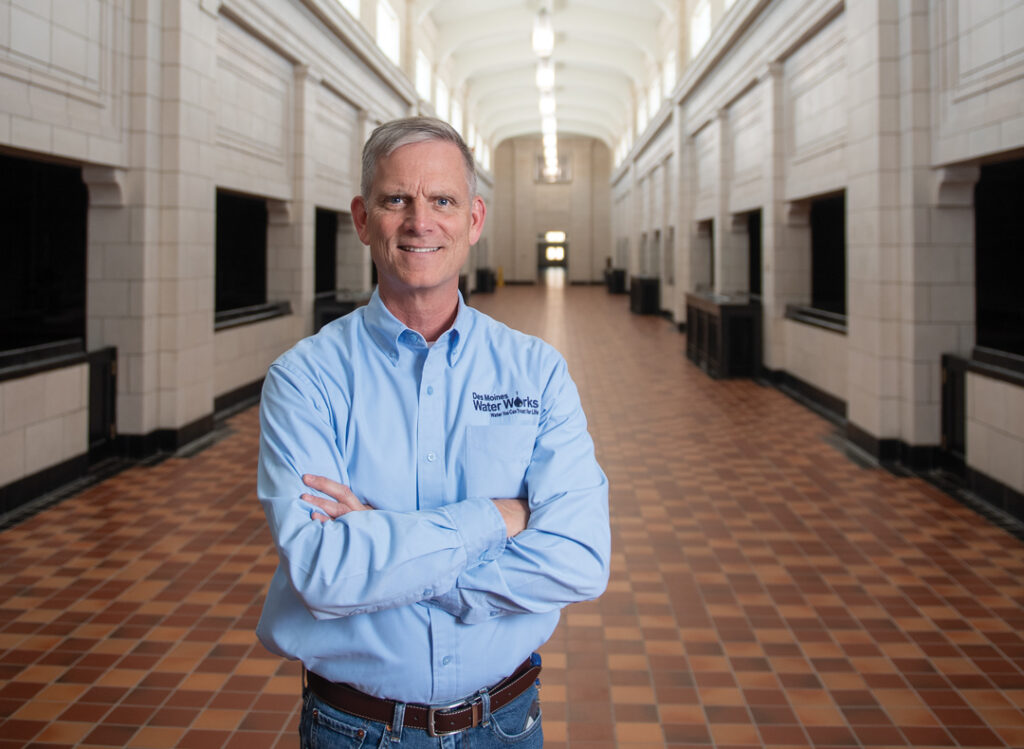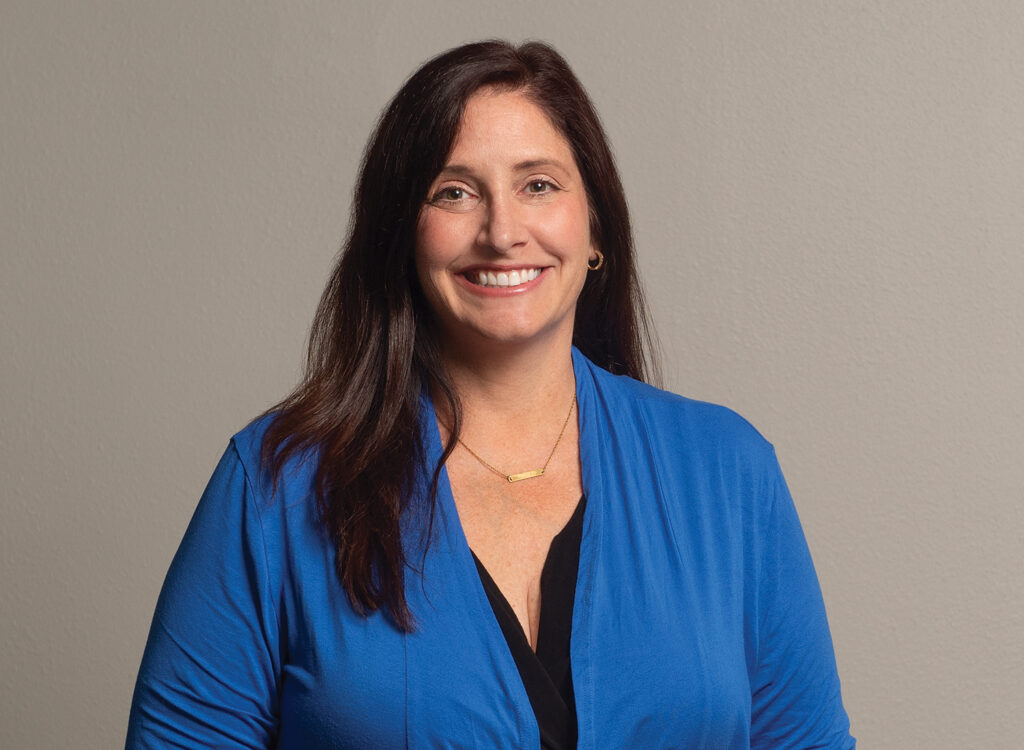Cultivating Iowa’s growth in bio-based plastics

JOE GARDYASZ Aug 7, 2015 | 11:00 am
6 min read time
1,427 wordsBusiness Record Insider, ManufacturingPlastics are integral and ubiquitous in our everyday lives, from the interiors of our vehicles to our cellphones to the packaging for the products we purchase. Surprisingly, few plastics yet are made with renewable materials and processes.
A new center at Iowa State University — in partnership with more than two dozen corporations, and the number is growing — is working to change that paradigm.
Researchers at Iowa State University are teaming up with a wide range of industry partners from across the country to develop new bio-based plastics and biocomposite materials designed to replace petroleum-based plastics with renewable versions made from corn or other bio-based byproducts.
Globally, the market for bio-based plastics is expected to grow to $475 billion by 2018, with an annual growth rate of 4 percent, according to a recently released projection by Grand View Research, a California-based market research and consulting firm.
The Center for Bioplastics and Biocomposites is led by Iowa State, with Washington State University as a second site. The center’s corporate members contribute funding for research that provides them with a voice in the research the center pursues as well as patent rights for the processes or materials developed.
The center’s research will cover the complex and diverse aspects of establishing and promoting the use of renewable materials leading to the creation of biorenewable plastics, which could eventually replace millions of tons of petroleum-based plastics.
The initiative represents an exciting growth market beyond bio-based fuels for Iowa’s Cultivation Corridor, said Brent Willett, director of the Cultivation Corridor. Currently, less than 10 percent of the world’s chemical industry is bio-based, but estimates suggest that could grow to upwards of 25 percent by the end of the next decade and create as many as 20,000 new U.S. jobs in the process, he said.
Iowa State also hosts an industry-centered research initiative focused on bio-based polymers derived from vegetable oils. As part of that venture, researchers in the departments of Civil, Construction and Environmental Engineering and Chemical and Biological Engineering have built a pilot-scale production plant to make biopolymers for demonstration projects in asphalt paving, adhesive and packaging applications.
Although other universities, particularly Purdue University and the University of Minnesota, also have significant bioplastics research operations, Willett believes Iowa has the complete package in terms of research capabilities.
“Europe is currently ahead of the United States in this industry, but we have the advantage of better access to biomass,” Willett said. “As these companies head into full commercialization, they will need more access to biomass; that’s where Iowa comes in. The traditional biomass industry represents significant plug-and-play capabilities” for producing bioplastics.”
A collaborative model
“This (center) has been a number of years in the making,” said director David Grewell, a professor of agricultural and biosystems engineering at ISU who joined the faculty a decade ago from Emerson Electric and has led the Biopolymers and Biocomposites Research Team.
“Three years ago, we put together a letter of intent to the National Science Foundation on doing one of these centers. And we picked an Industry University cooperative research center because (that model is) very engaged with industry.” Further steps led to a planning grant and then a full proposal that was funded by the National Science Foundation. A kickoff meeting was held in November 2014.
The center, which officially launched last fall with 18 corporate members, has since grown to 28 members that range from Ford Motor Co., 3M Corp. and Boeing to smaller Midwest-based companies you may not have heard of, like SelfEco and Agri Fiberboard Inc. Large companies, those with 500 or more employees, pay $30,000 a year toward research funding for the center and get 10 voting shares, while small companies pay $15,000 per year and receive five voting shares.
“They all have a voice in the research that we’re doing,” Grewell said. “They get to vote on the projects; they get to give us seed concepts about what projects we should be working on. They have a large pot of proposals; we can only fund a small pot of proposals. So this November we’ll have our meeting at Washington State and they will pick what projects get funded.”
To keep the companies fully engaged with the research, each project has a mentor from the proposing company who touches base at least once a month with the researchers, he said.
Open discussions
For 3M Corp., which has had long-standing research relationships with ISU, the center provides a means for the Minnesota-based company to participate in fundamental research on materials that it might not tackle on its own, said Kevin Lewandowski, a lead research specialist at 3M’s Corporate Research Materials Laboratory in St. Paul, Minn.
“We’re interested in leveraging bioplastics that are already commercially available for specific applications,” Lewandowski said. Those applications are in a variety of areas, from packaging materials to adhesives and films, he said.
“We also have a funded project that revolves around developing tools for life-cycle analysis of bioplastics and comparing them to traditional plastics,” he said. “It’s kind of the energy balance of the material from cradle to grave or even cradle to cradle — such as, are they recyclable or biodegradable? You put a number to how much energy are you saving, or how much carbon are you sequestering, so it can give you a value of using a bioplastic material versus a conventional plastic — because it’s not always obvious.”
As an Industry/University Cooperative Research Centers program (I/UCRC) of the National Science Foundation, the center has a different model for handling intellectual property rights, Grewell said.
“Traditionally, if you were to do a research project at Iowa State and you followed the traditional roles, the intellectual property belongs to Iowa State and it can be licensed to whoever funded that research,” he said. “Within an I/UCRC, NSF directs us to handle that totally different. The intellectual property belongs to the member companies. … What that means is if the research were to develop a technology that looks to be patentable, I will share that with the industry partners, and they have 30 days to act on it.” The companies then pay for the execution of the patent, and in turn get royalty-free rights to that patent.
Because the member companies are bound by nondisclosure agreements on releasing information to outside parties, “everybody’s willing to openly discuss, for the most part, what’s going on,” Grewell said. “The meetings are very dynamic, and they’re very vocal; we know what we’re doing right and what areas we need to change.”
Industry interest is keen for improving and increasing the use of bioplastics and biocomposites, 3M’s Lewandwoski said.
“I think there’s a strong interest in our customer base to use more sustainable materials,” he said. “But it’s also important to have good cost and performance — that’s important when you’re developing a high-volume material to replace conventional plastic components. They have to be competitive not only because they’re sustainable, but because they have the performance.”
Because the National Science Foundation funds are used to pay administrative salaries and other overhead expenses, 100 percent of the industry money goes toward funding research projects, Grewell noted. With the current members, that’s about $600,000 a year, which has the power of about $900,000 because half won’t have to go to administrative expenses.
Looking ahead, Grewell anticipates growth in members for the center, which will boost the amount of research funds available for projects.
“I think once we have a very large number and they have interests outside of what we offer, then we would look at going to other sites outside of Iowa State and Washington State. But right now we have all the capabilities they could need,” he said.
Overall, “I think the success of CB2 (the Center for Bioplastics and Biocomposites) is the support of industry. It’s great that they’re giving us some money to do this research and it’s supplemented by NSF money. But it’s the support in terms of industry staying engaged, having mentors in the projects, that’s pulling this all together.”
Goals of the Center for Bioplastics and Biocomposites
1. To improve the basic understanding of synthesis, processing, properties, and compounding of bioplastic and biocomposite materials.
2. To develop reliable material characteristics data for industrial partners.
3. To support large-scale implementation of renewable materials.
To achieve these goals, center activities will focus on:
• Collaboration with industry to develop fundamental knowledge of bioplastics and biocomposites.
• Dissemination of this knowledge through publications, workshops and trade shows.
• Education of future researchers, engineers and scientists in the field of bioplastics and biocomposites in the classroom.










